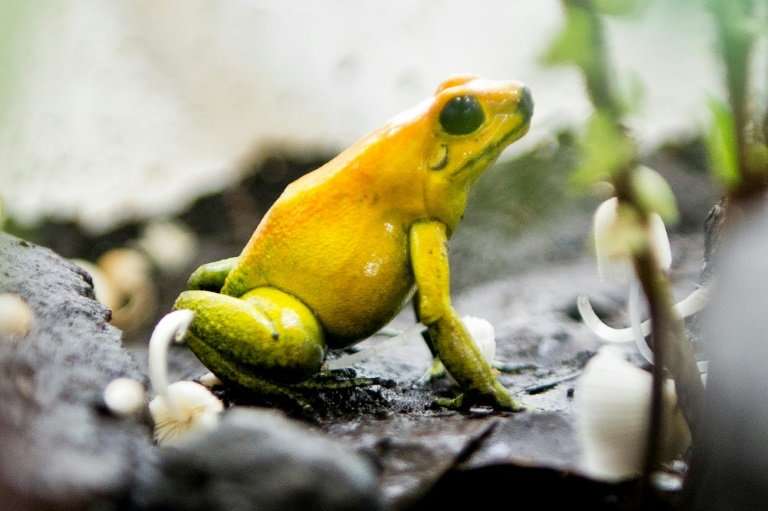The sorry state of Earth's species, in numbers

The Intergovernmental Science-Policy Platform on Biodiversity and Ecosystem Services (IPBES) issued a dire diagnosis Friday of Earth's plant and animal species.
Here's what we know:
Europe and Central Asia
- Soil erosion has affected 25 percent of agricultural land in the European Union, and 23 percent in Central Asia.
- Availability of clean drinking water has decreased by 15 percent per person since 1990.
- More than a quarter of marine fish species have declining populations.
- 42 percent of known terrestrial animal and plant species have declined in population size over the last decade.
Americas
- With 13 percent of the world's population, the region accounts for about a quarter of the total impact on global biodiversity.
- Just under a quarter of species assessed are at risk of extinction.
- Species populations—already 31 percent smaller than when the first European settlers arrived—will have shrunk by about 40 percent by 2050.
Africa
- Climate change could result in the loss of more than half of Africa's birds and mammals by 2100.
- About 500,000 square kilometers (193,000 square miles) of soil has been degraded by forest destruction, unsustainable farming, erosion, illegal mining, climate change and invasive species.
- More than 60 percent of the continent's rural population depends on Nature for their survival. About a quarter of sub-Saharan Africa's 930 million inhabitants suffer for a lack of food.
- African elephant numbers dropped to 415,000 in 2016, down about 111,000 over 10 years.
Asia-Pacific
- Unless something is done, fish stocks will run out by 2048.
- Up to 90 percent of corals will be severely degraded by 2050 as a result of climate change.
- As much as 45 percent of biodiversity could be lost by 2050.
Globally
- Two species of vertebrates, animals with a backbone, have gone extinct every year, on average, for the past century.
- Scientists say Earth is undergoing a "mass extinction event," the first since the dinosaurs disappeared about 65 million years ago, and only the sixth in the last half-billion years.
- About 41 percent of amphibian species and more than a quarter of mammals are threatened with extinction.
- The global populations of 3,706 monitored vertebrate species—fish, birds, mammals, amphibians, and reptiles—declined by nearly 60 percent from 1970 to 2012.
- 25,821 plant and animal species of 91,523 assessed for the 2017 "Red List" update were classified as "threatened".
- Of these, 5,583 were "critically" endangered.
- There are an estimated 8.7 million plant and animal species on our planet. This means about 86 percent of land species and 91 percent of sea species remain undiscovered.
SOURCES: IPBES, WWF Living Planet Report, IUCN Red List, PLoS Biology, Proceedings of the National Academy of Sciences, CBD, UNEP.
© 2018 AFP



















